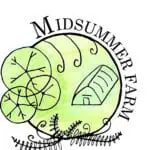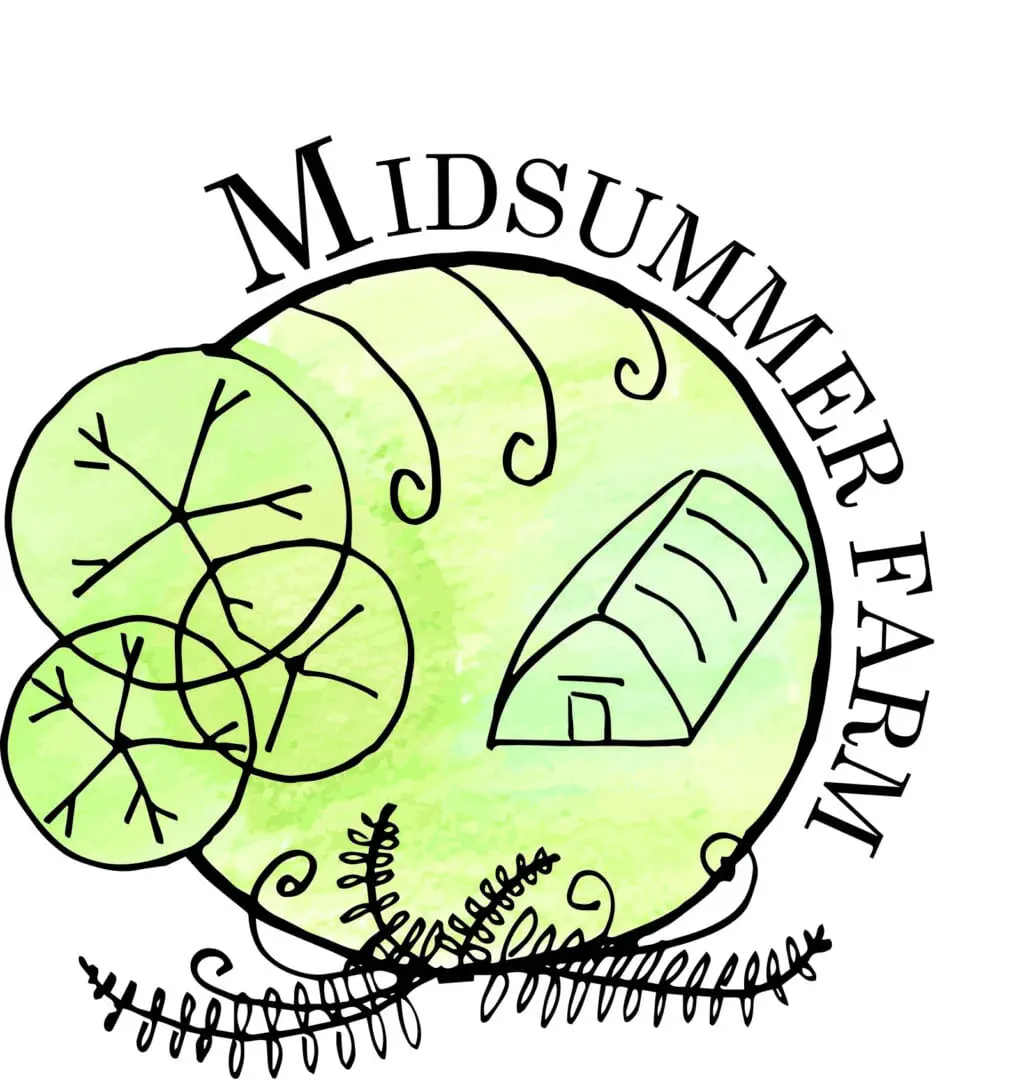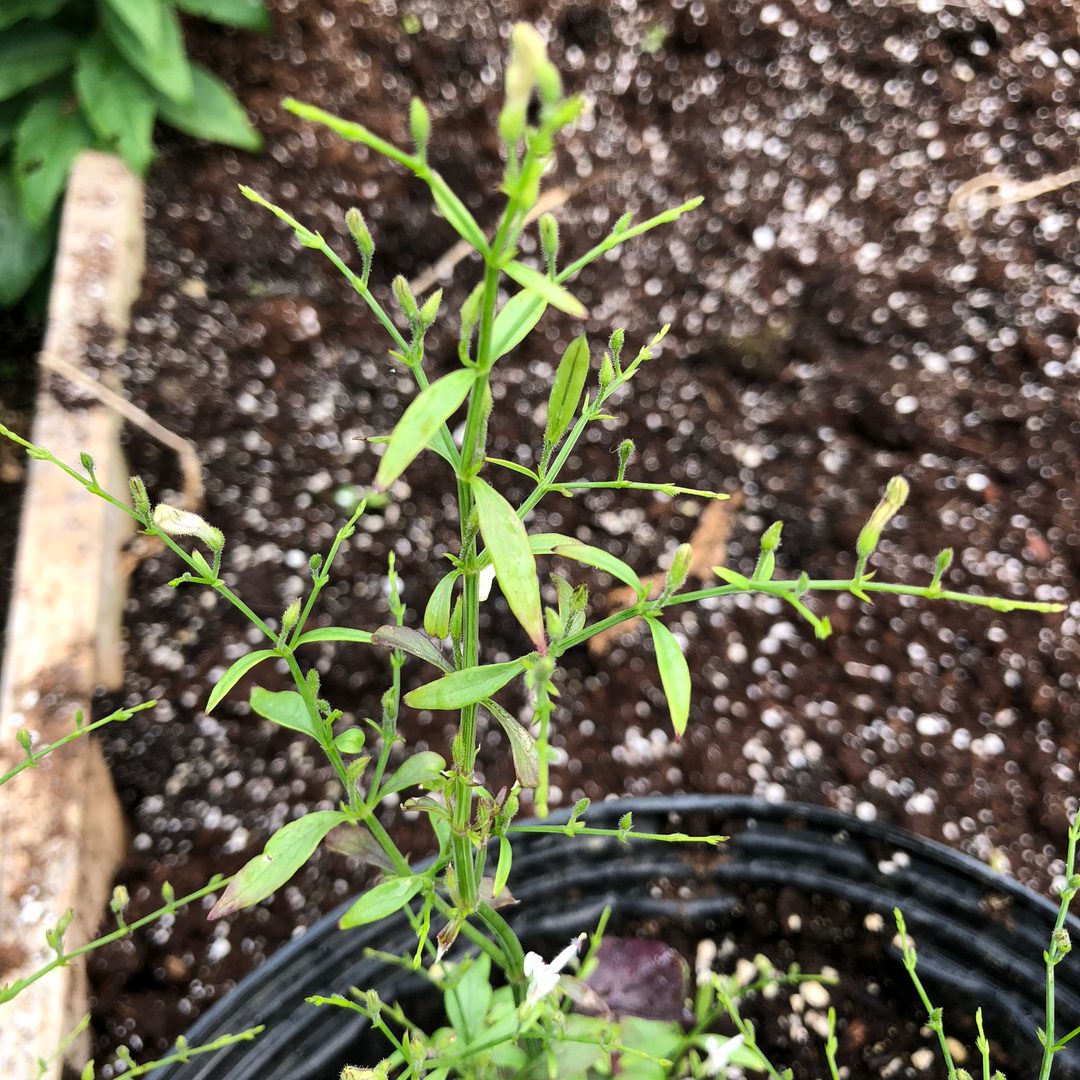
GROWING HERBS FOR TREATING LYME DISEASE/SYNDROME
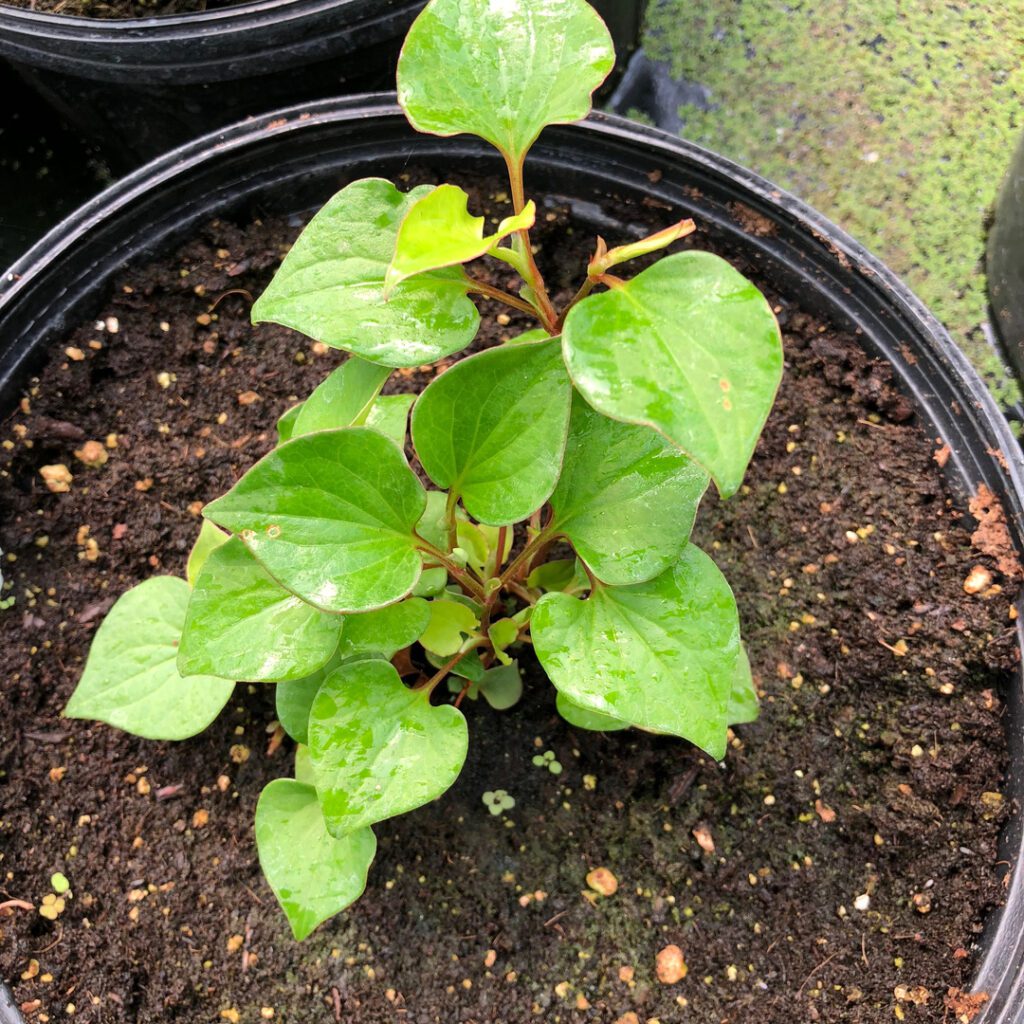
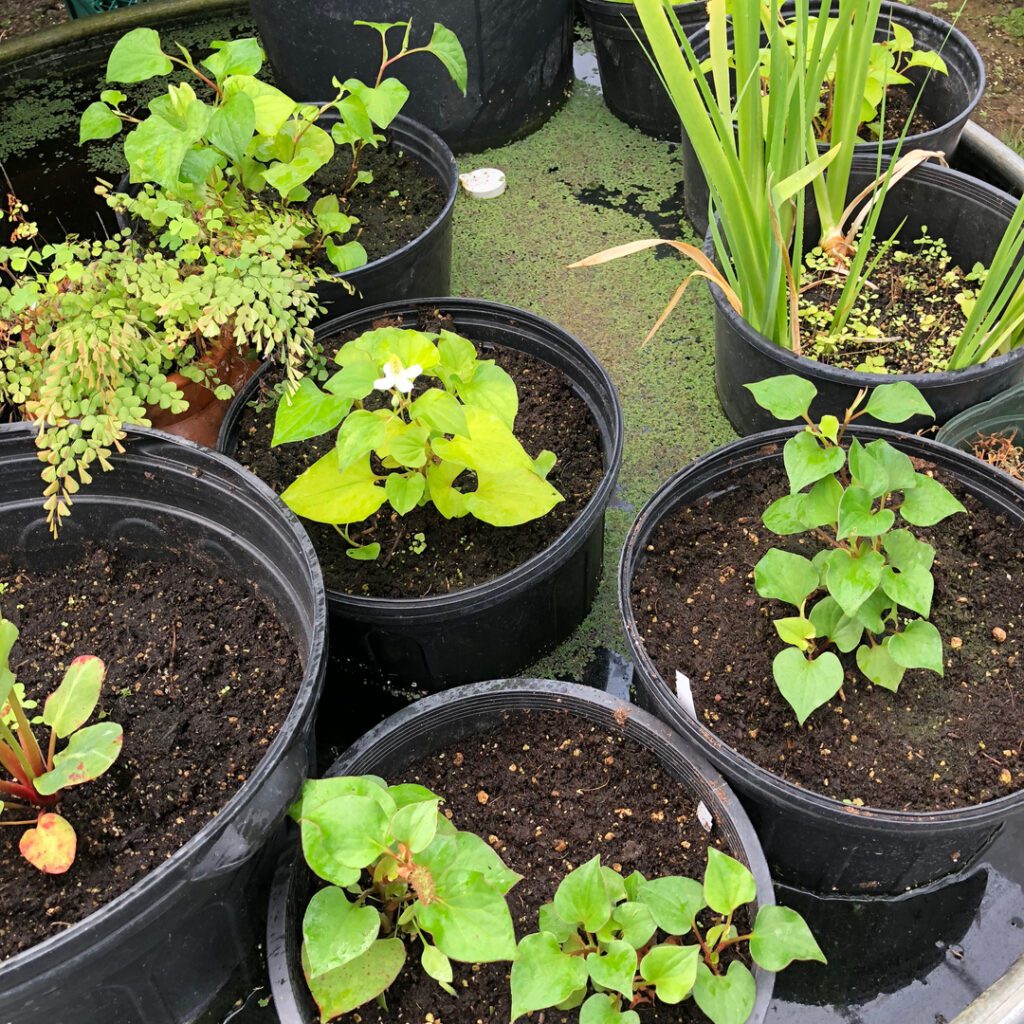
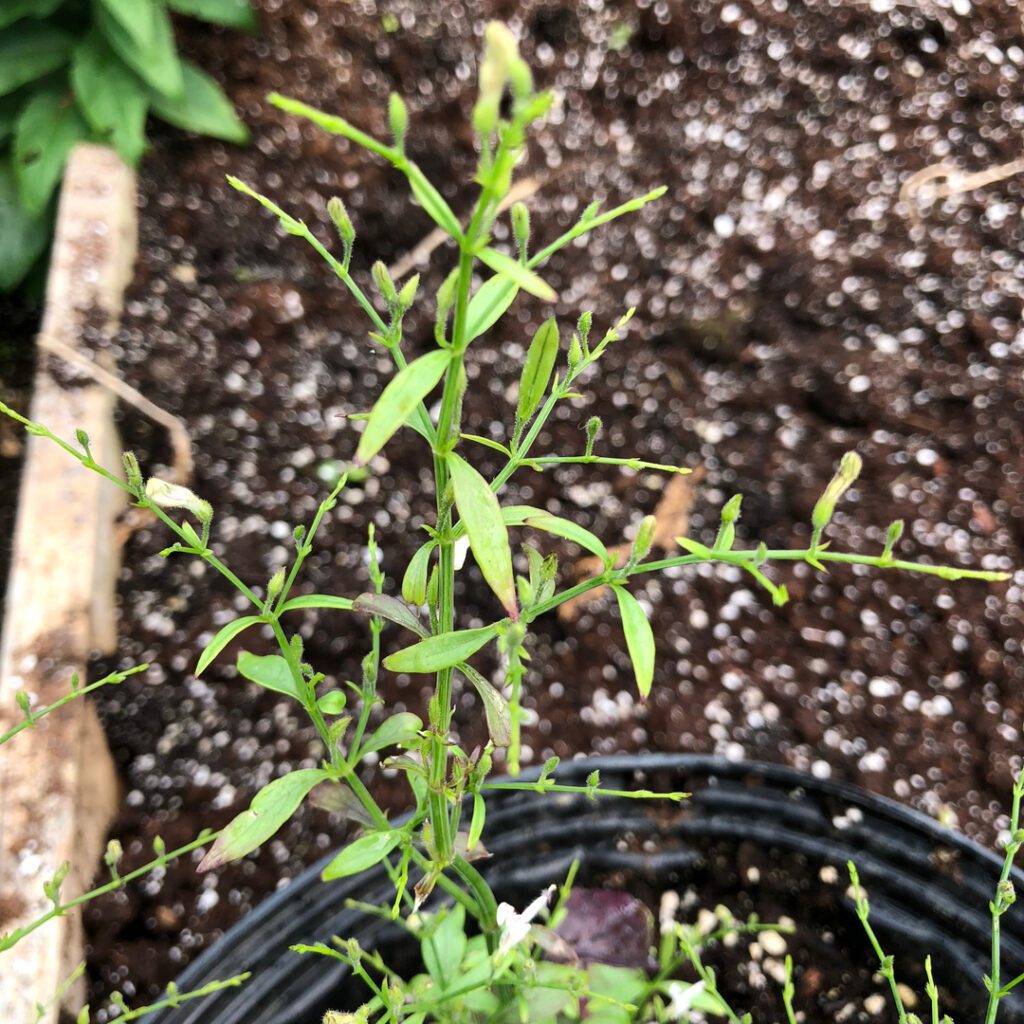
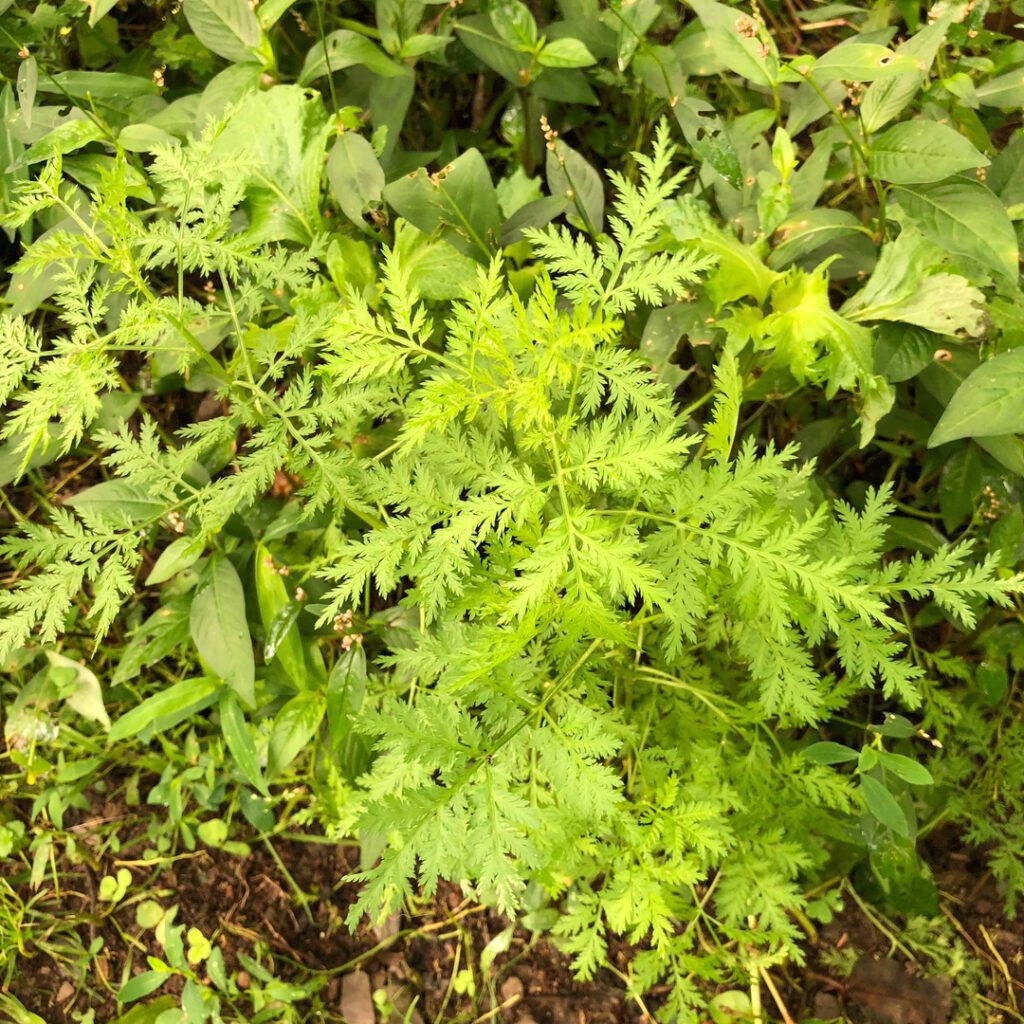
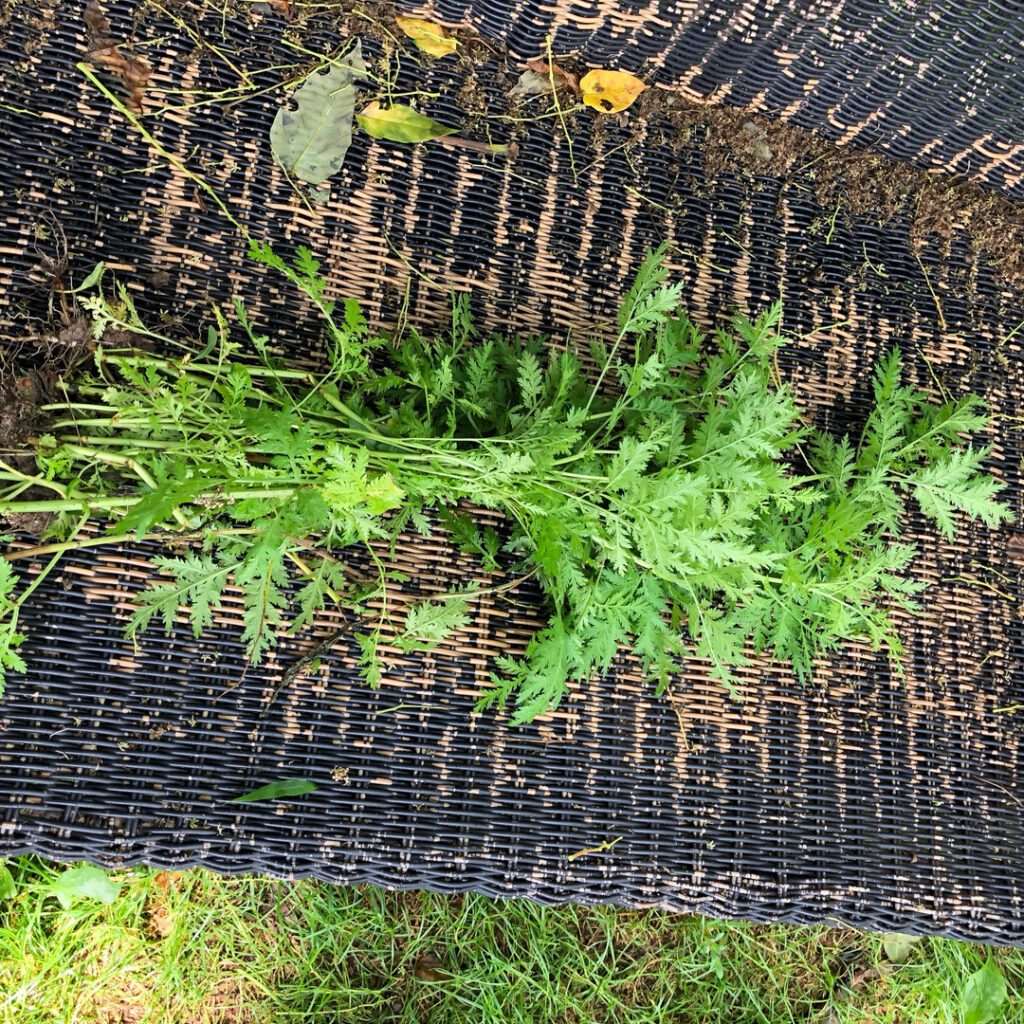
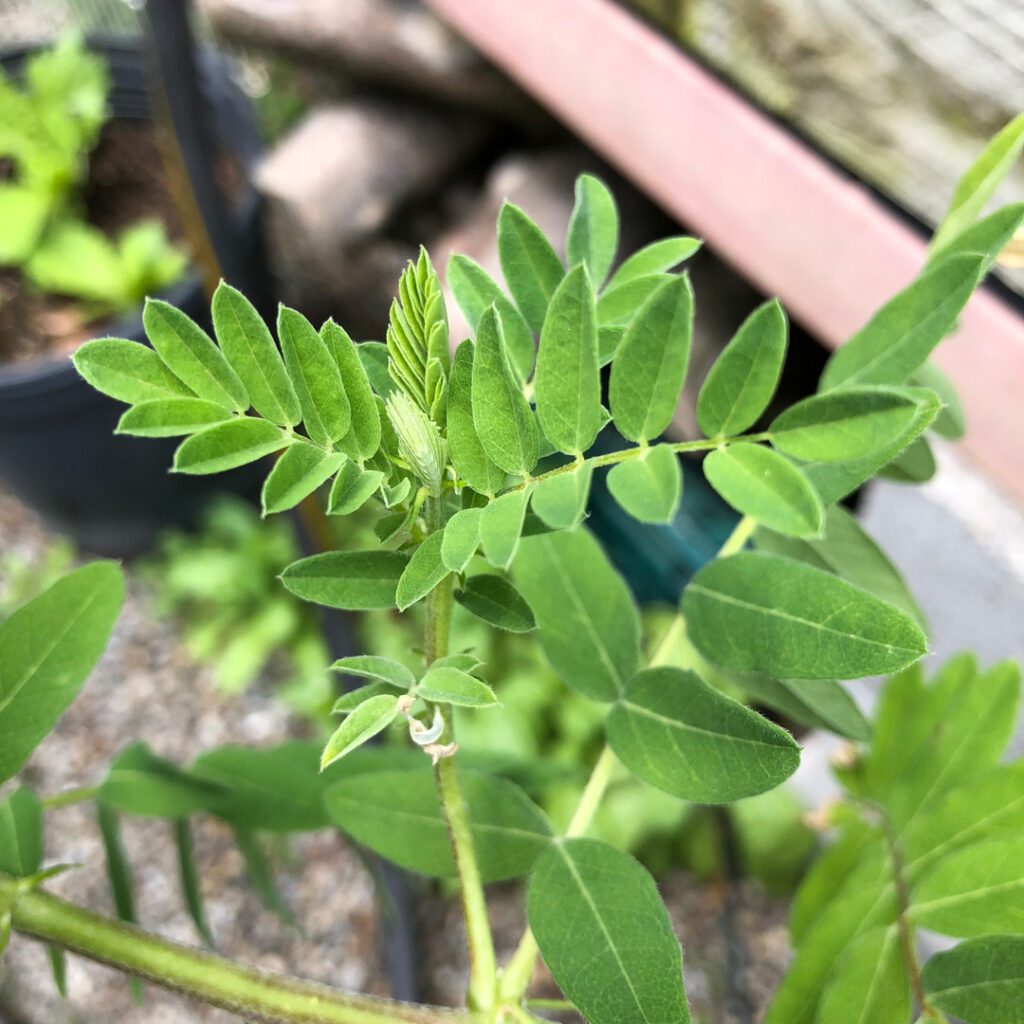
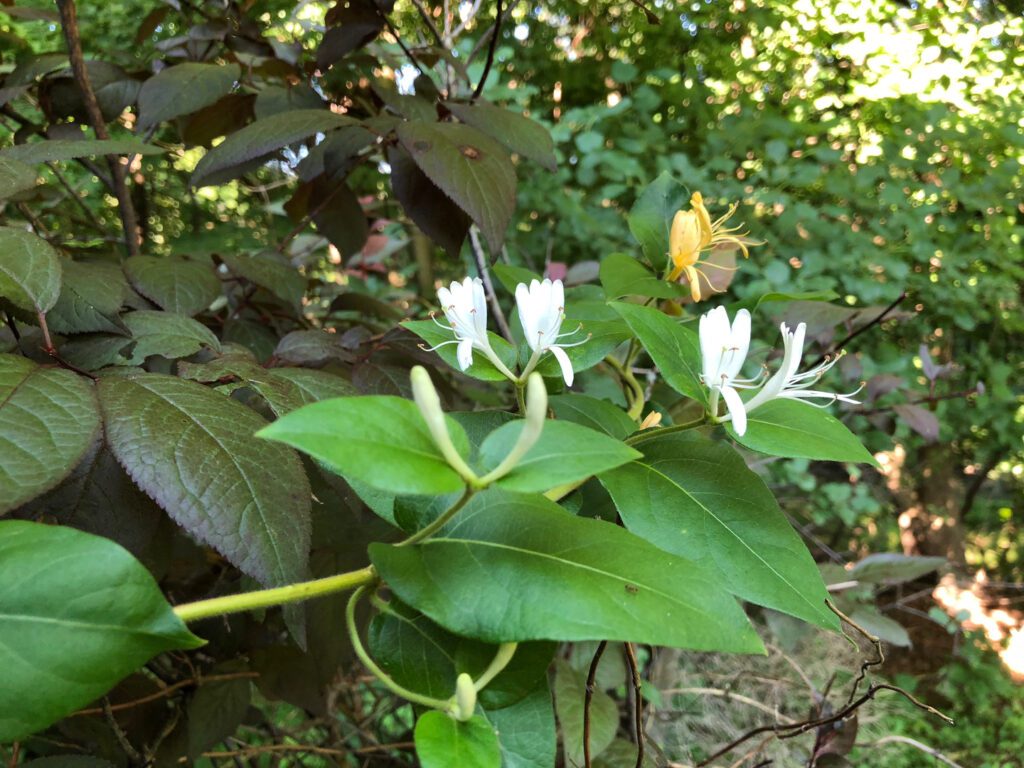
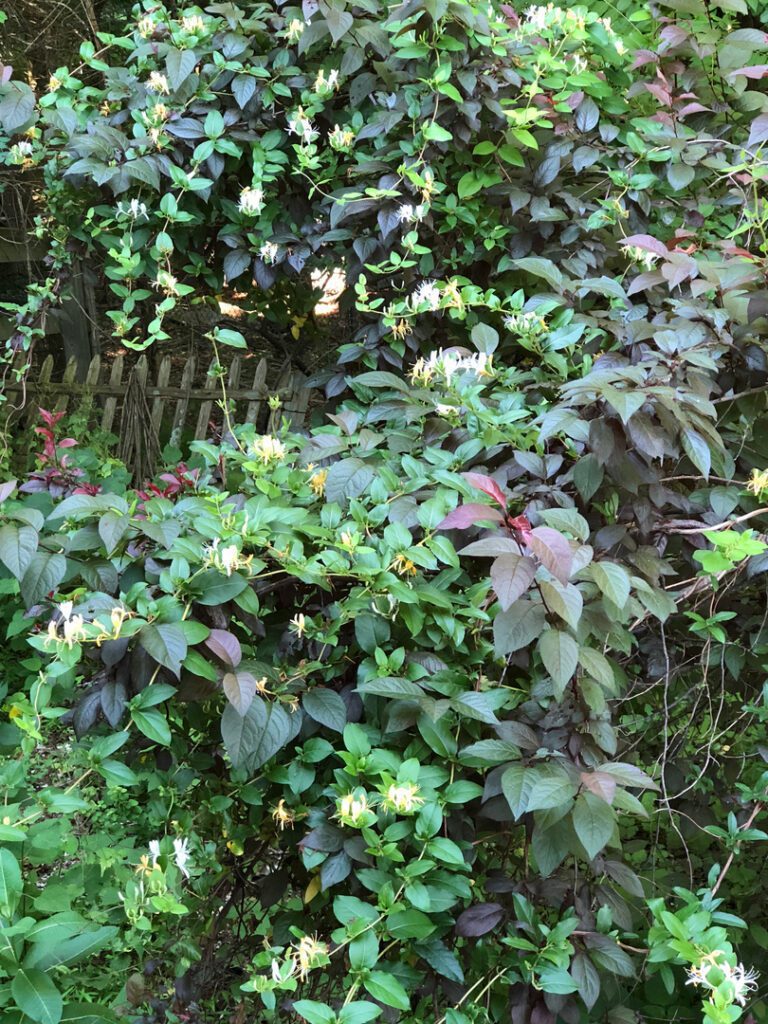
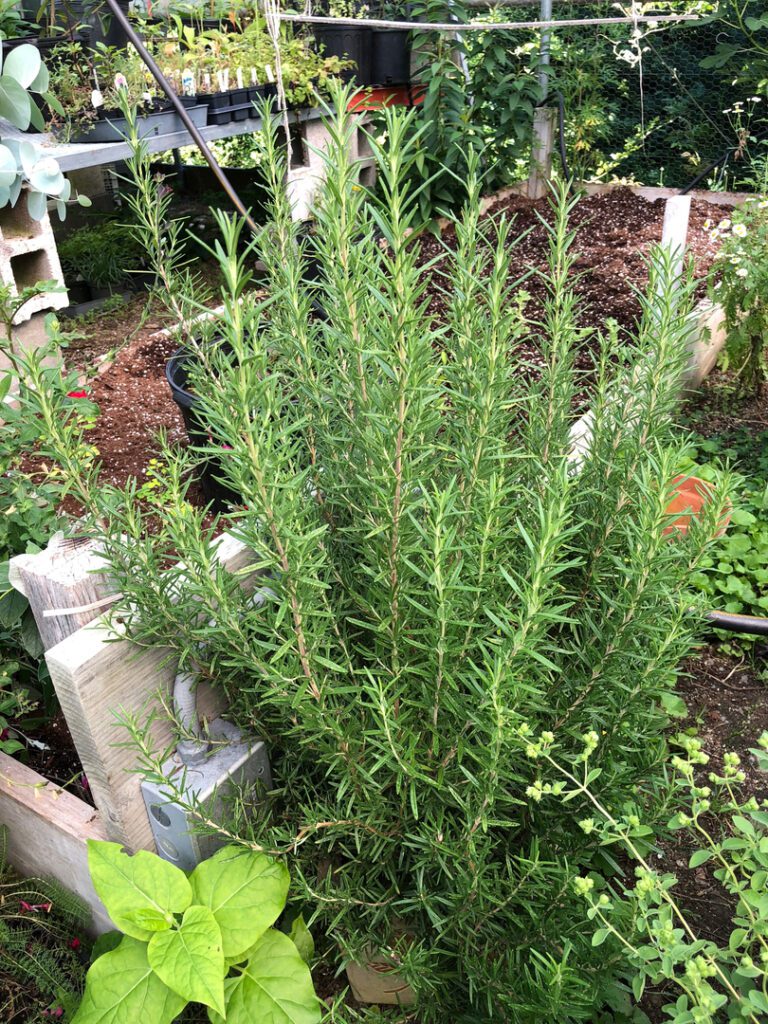
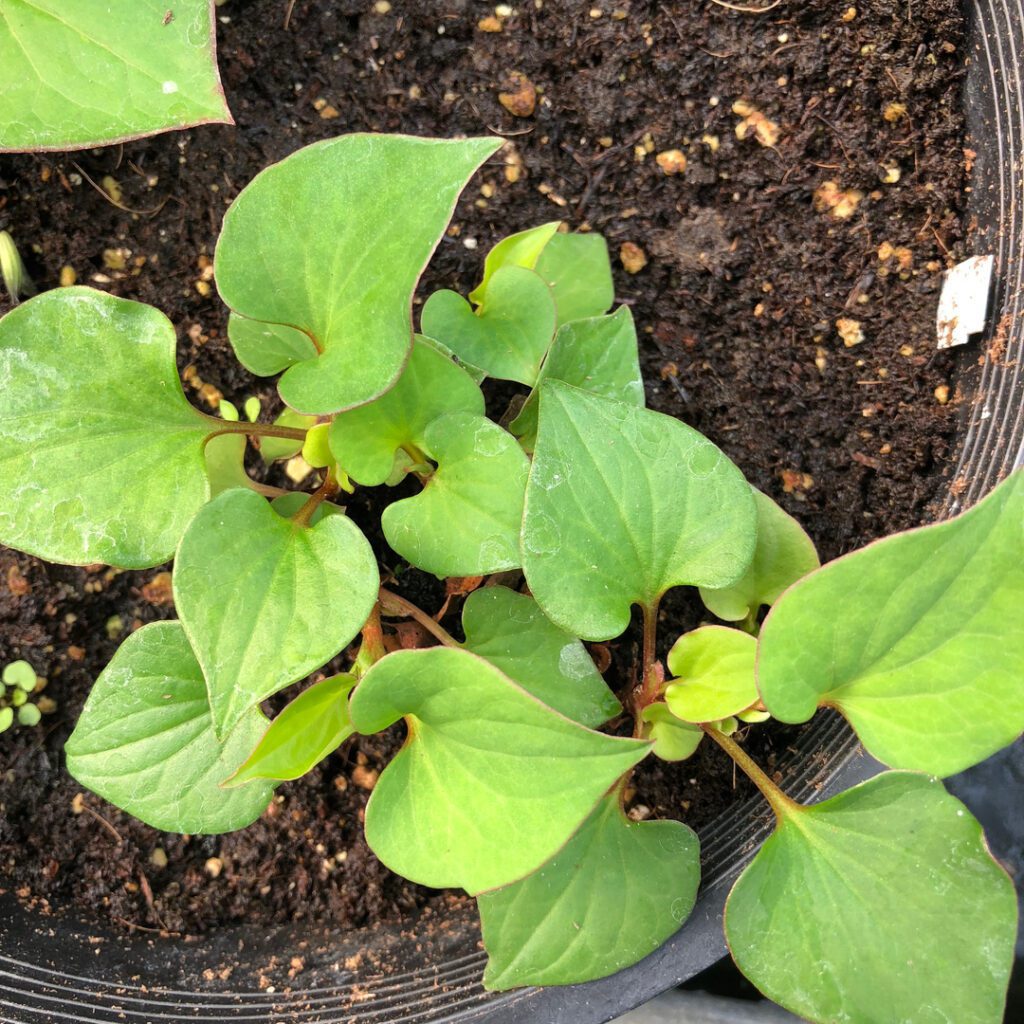
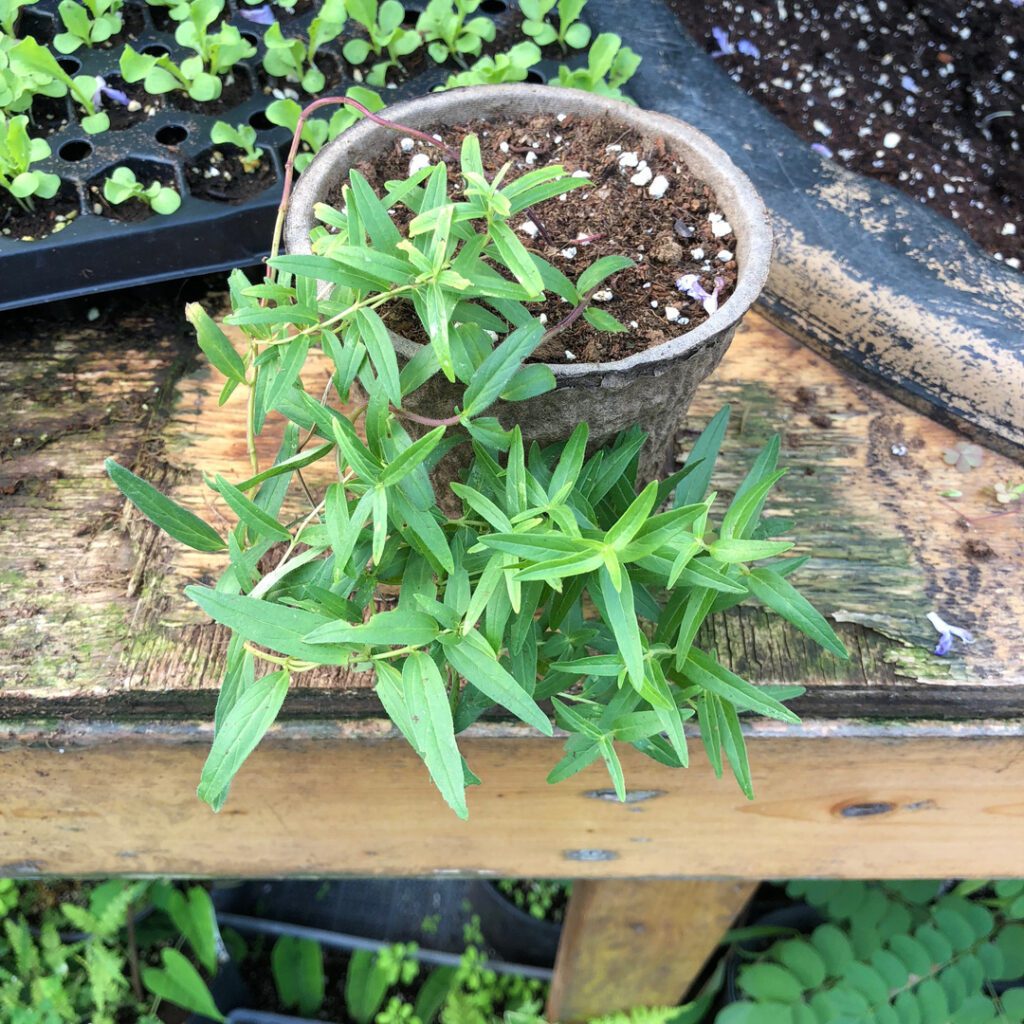
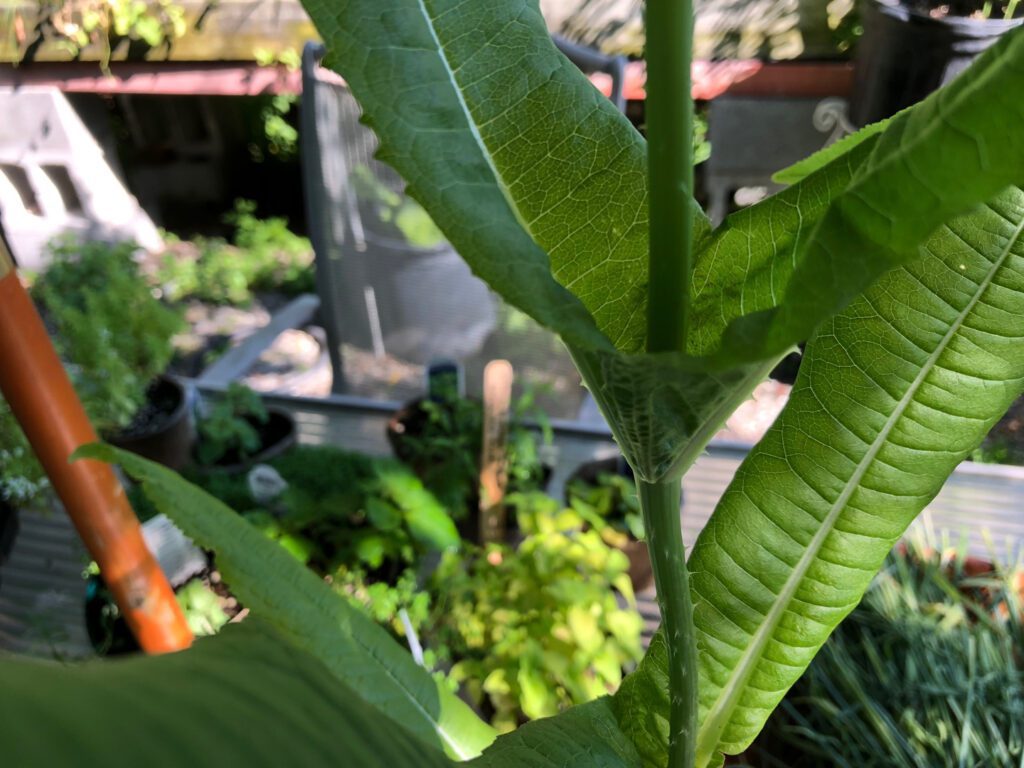
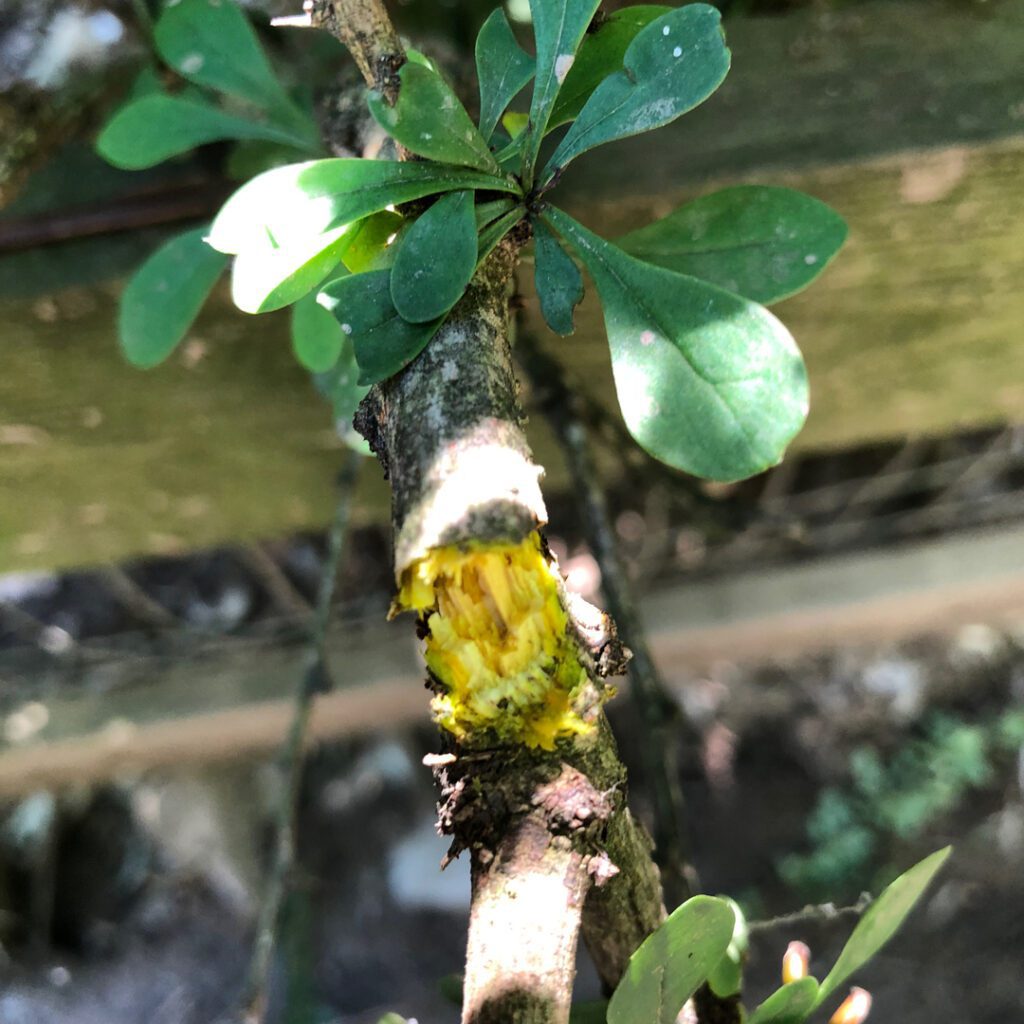
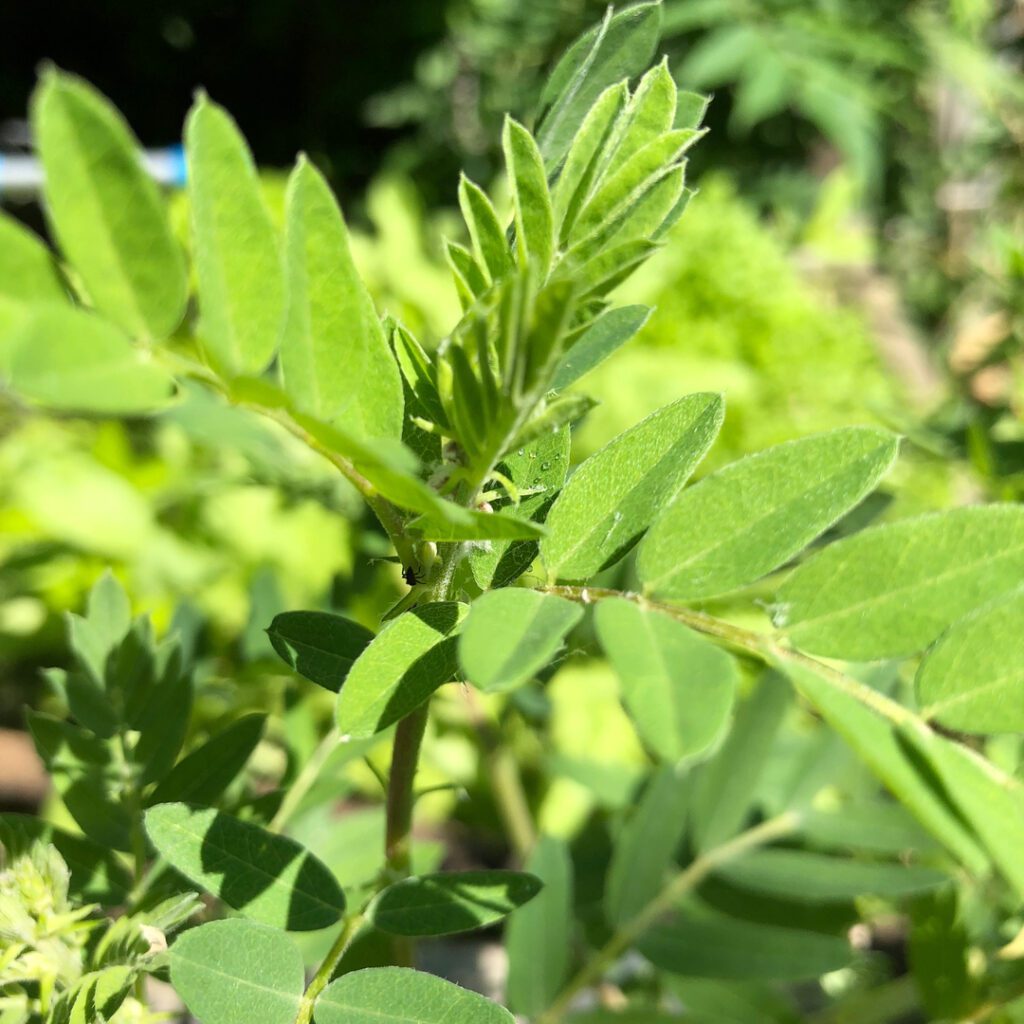
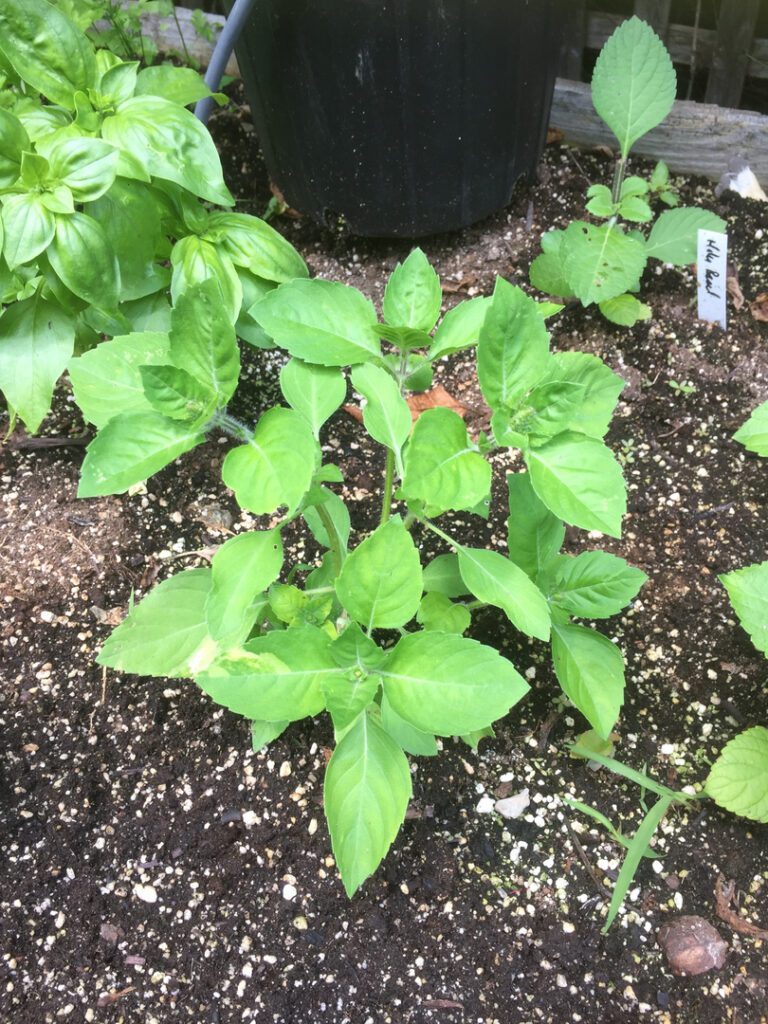

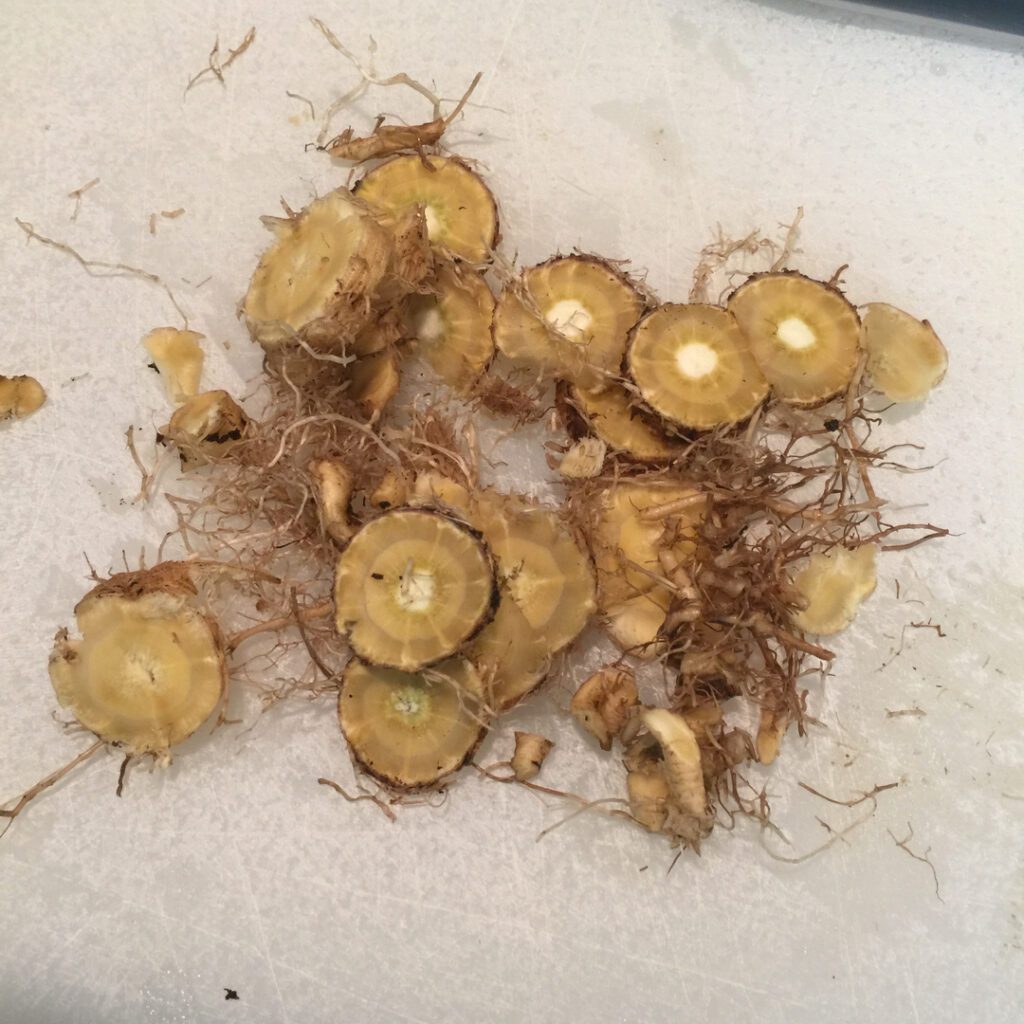
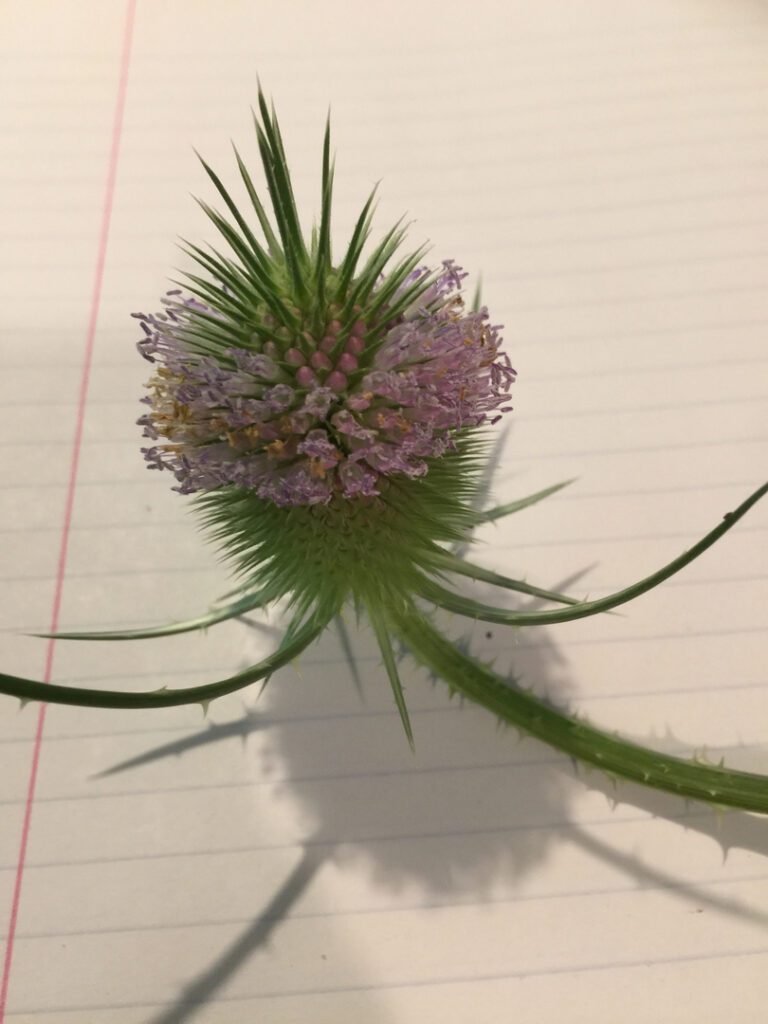
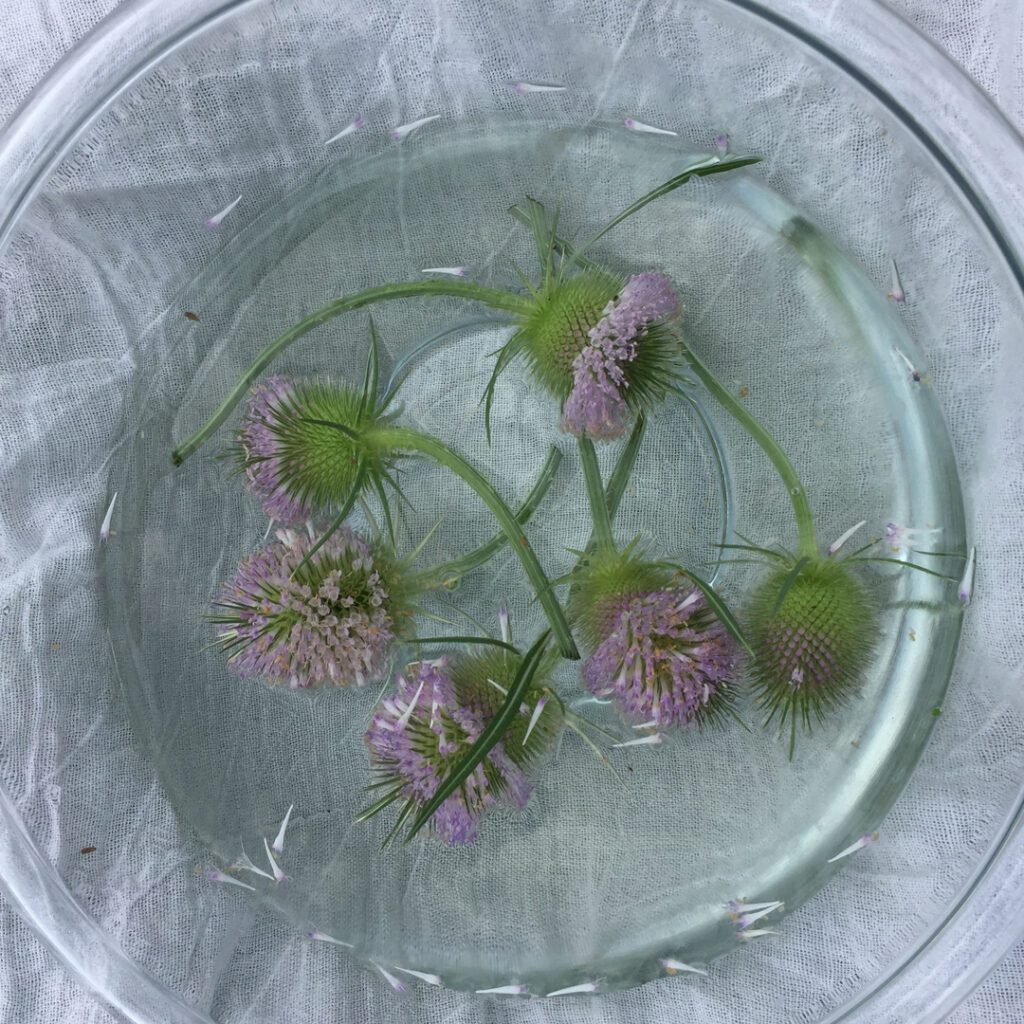
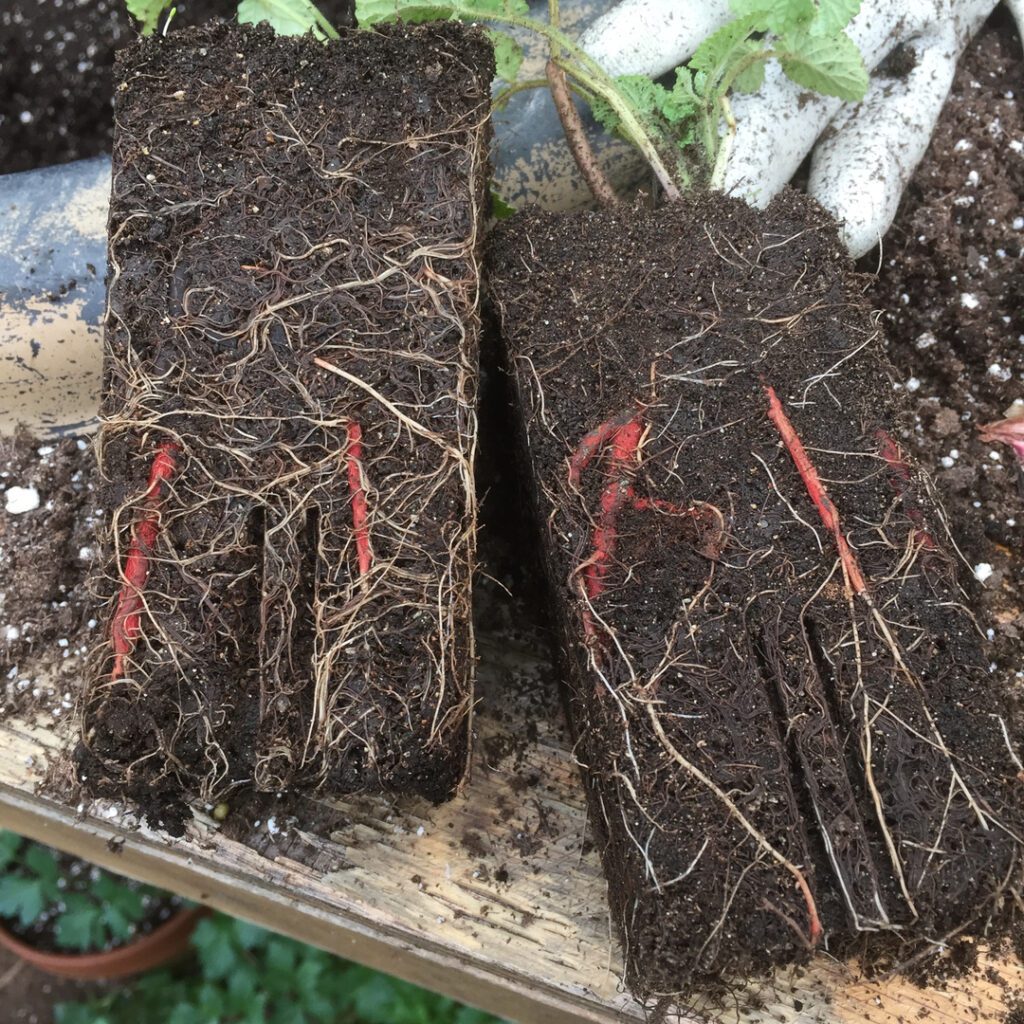
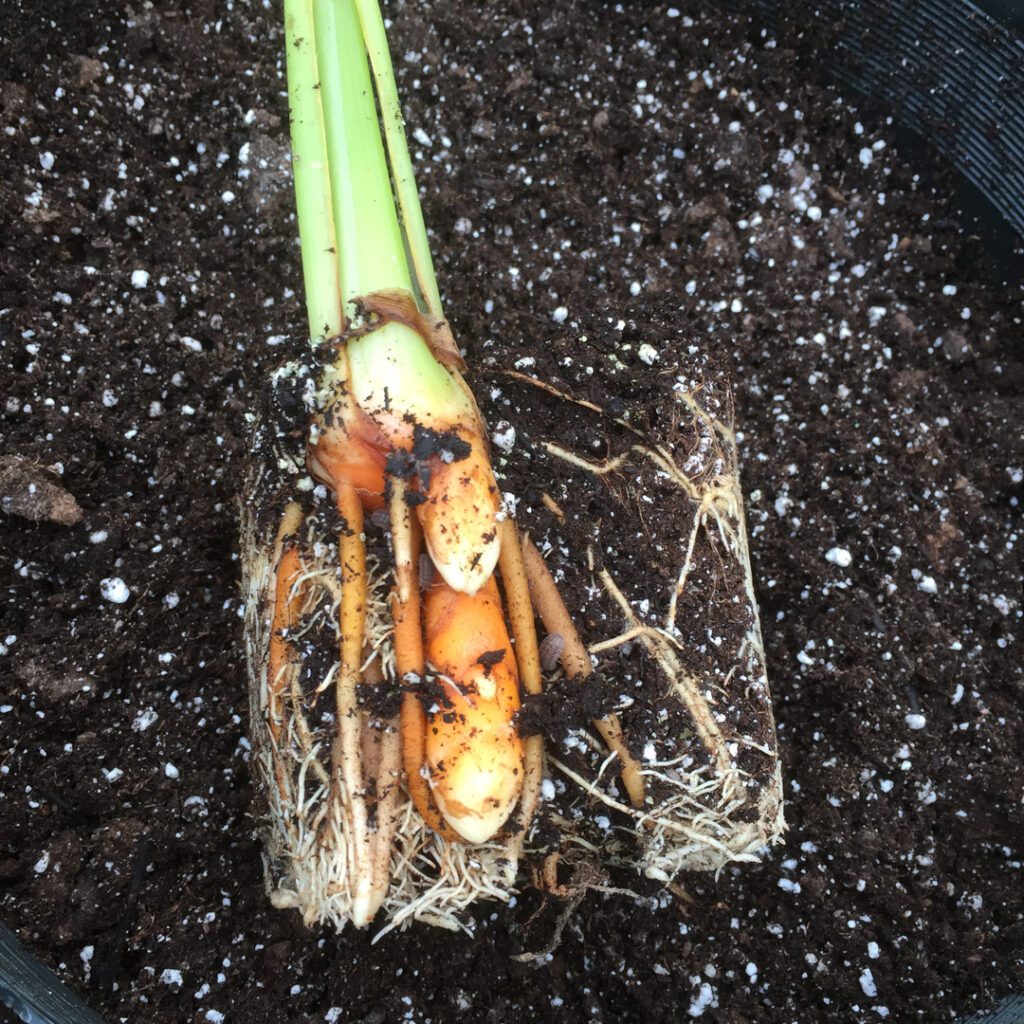
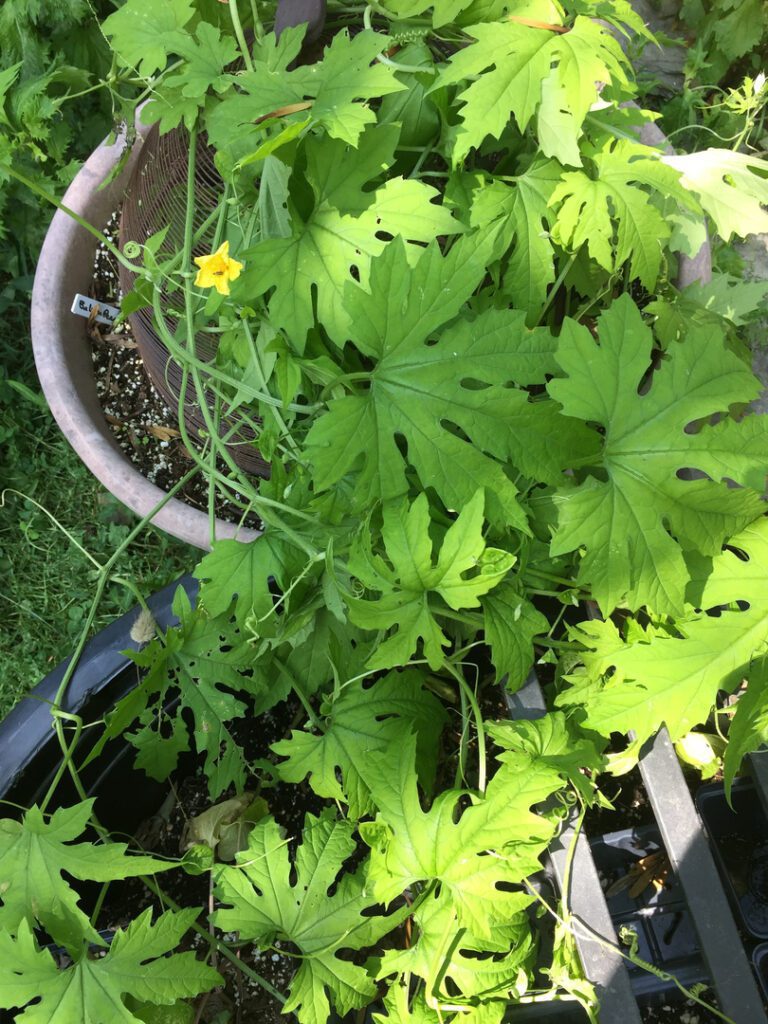
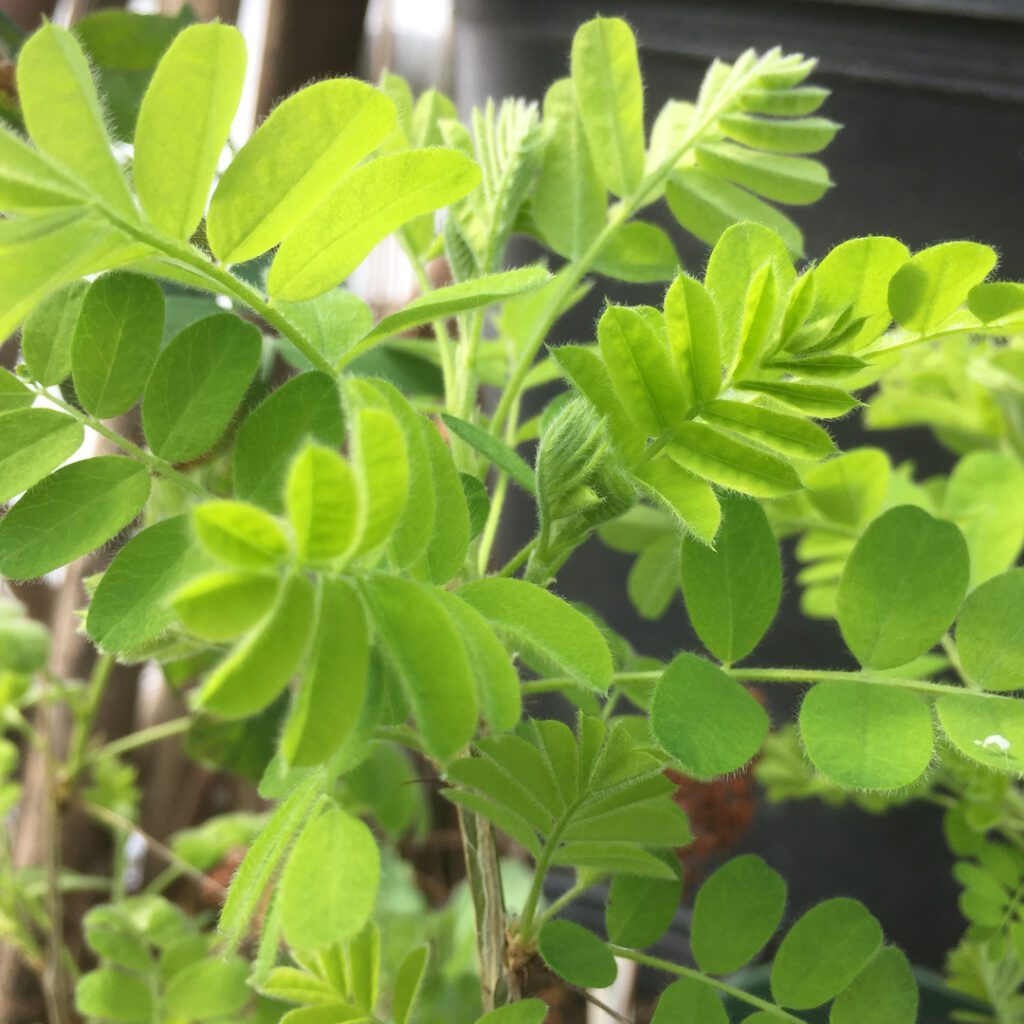
After finishing up our first annual Herbs for Lyme Workshop – which we also call, Exploring Herbal Protocols for Treating the Borrelia burgdorfi Bacteria and Disease Cluster Currently being Called “Lyme Disease” – a participant asked if I could pull together a webpage listing the herbs we talked about for using with Lyme. I thought it was a great idea, so here it is!
We are planning to run our Lyme Workshop as an annual event meeting each June to continue our discussion and our work in working with herbs to treat this disease.
Herbal Workshops here at Midsummer Farm
Artemisia Annua or Sweet Annie
This is the famous annual member of the artemisia family. With its super strong scent and sometimes overwhelming ability to spread and get itself into every crack and crevice, this plant gets some haters. I am very allergic to the pollen in fall, and half my lawn is now A. annua, but it smells great when the lawn is mowed, honeybees love it, and it is a very effective anti-spirochetal!
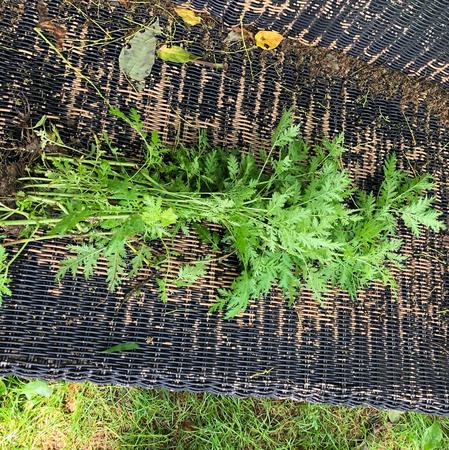
If you give it space, it can get over 7 feet tall. But it is very adaptable and the plants growing next to every piece of gravel in my driveway are only about 2 inches tall …. it fills sidewalk cracks…
I really recommend trying to make an effort to keep seeds in check, by cutting off flower heads or pulling the plants just as they start to flower in fall.
I make tincture in spring from plants about 1-2 feet tall. I let them wilt before chopping and placing in the alcohol. I also freeze a couple bunches to have on hand as fresh juice is often recommended for addressing lyme. I usually use the whole plant – roots and all – right before the flowers start to form.
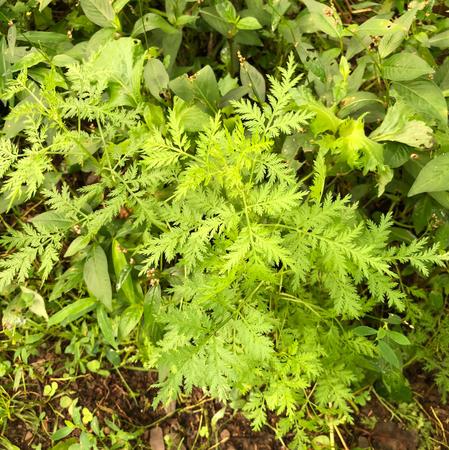
Andographis Paniculata
Andrographis – can be a bit tricky – but it likes a pot where it can be warm and fully dry out and not sit for long periods of time with “wet feet”
It is a tender perennial – and can be grown in the same conditions as lemon verbena. Flower stalks are very similar in style to lemon verbena. Bring Andrographis into the house or greenhouse in the winter before the first frost hits. I keep mine in the greenhouse full time. I brought one pot out this spring and it just sat and didn’t grow at all, once I put it back where it got full warmth, it perked right back up.
Andrographis will get pretty large – actually will become a small bush after a couple years. I am currently growing it in some 4/5 gallon pots as well as in raised beds in the greenhouse. It likes part shade if it is in well-drained soil. If soil is on the wetter side, full sun would be better.
I sell Andrographis in spring in 4 inch tall pots and paper pots, which keeps them in good shape drainage-wise.
I harvest the aerial parts of the plant just as the flower stalks start forming. I dry a bunch and tincture a bunch.

Houttuynia Cordata
Houttuynia is a bog plant – one of the great Chinese Bog plants – I have it growing in large pots submerged about 1-2 inches in water along with sushni, bacopa, gotu kola, yerba mansa, samphire, as well as some flags (acorus) & lobelias. I use azolla over the water surface to keep water fresh and mosquitoes out.
Like Andrographis, Houttuynia is a tender perennial, and will need to be brought into the house or greenhouse for the winter. But it is an easy plant to grow as long as you can keep it wet.
I will start selling houttuynia plants in wide-bottomed pots spring 2019.
Harvest leaf parts and tea or tincture…
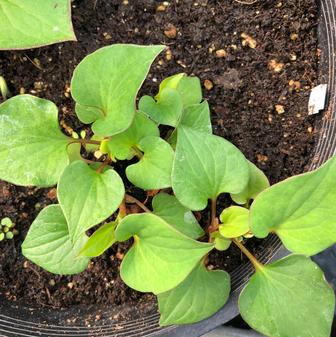
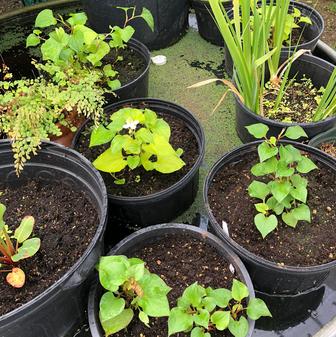
Teasel
Dipsacus Sylvestris
Teasel grows well in this area – it is biennial, getting the distinctive seed heads in its second year. Comes back with no problems and issues. Very easy to grow but quite prickly. Teasel plants have a weird sense of humor – they will dump large amounts of water onto your shoes suddenly and shockingly!
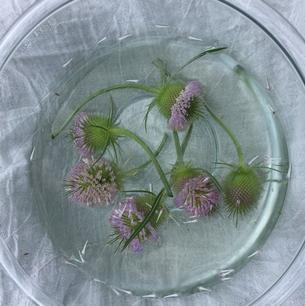
Give teasels plenty of space as they do get large – and don’t be afraid to put them forward in the garden as they are very attractive plants with charmingly enamoring flowers followed with the interesting seed heads as they age. We made flower essence from them in our Living with Herbs Course last summer. Supposedly the seed heads can be used to card wool, though I think that may be very frustrating if you had more than a handful of wool!
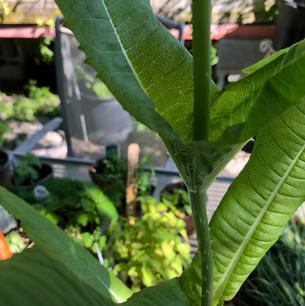
I start teasel seedlings in late summer and sell them the following spring as this gives you a head start with harvestable roots in the fall…
I have them potted up all year.
I harvest roots in the fall and tincture them.
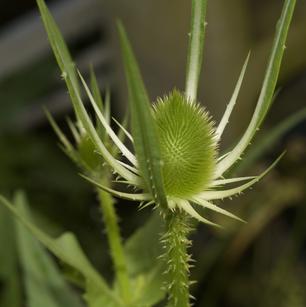
Japanese Knotweed
Polygonum Cuspidatum
I do not sell this plant – because although it is an amazing herb and super-source of resveratrol, it is also amazingly invasive and super hard to pull and harvest. There is plenty around that property owners would be more than happy to have you harvest!
Solomon’s Seal
Polygonatum Biflorum, P. Multiflorum, P. Odoratum
Solomon’s Seal is a native plant for this area and loves wooded areas and shade, although it doesn’t mind part sun either. It is easy to grow, deer sometimes eat it, but usually leave it alone. I have always had no issues with it coming back just fine after being eaten down by deer.
There are many species of this plant – I sell two – a shorter (1.5-2 ft tall) variegated one from my childhood home and a taller (2-3 ft tall) non-variegated one originally from Strictly medicinals (Horizon Herbs).
I have these potted up and available almost year-round – although in winter, the upper parts of the plants disappear.
Cat’s Claw
Cat’s Claw – Uncaria tomentosa
I haven’t started to try growing this tropical herb yet – and I’m not sure if it will work in our greenhouse setting. I do recommend that you are careful about sourcing it as it is becoming endangered in areas where it is native. Use a brand that doesn’t use roots but instead uses inner bark of branches so the plants don’t need to be killed in the harvesting process… Raintree is an ethical and effective brand.
http://www.raintree.com/cats-claw-capsules?gclid=EAIaIQobChMIlM7CtN_92wIVjobACh0xTgzPEAAYASAAEgJLRPD_BwE
Coptis & Berberine-Rich Herbs
Although I haven’t yet tried to grow Coptis, I do grow a variety of other berberine-rich herbs.
One to take advantage of is Barberry – a very common bush in this area, where it is behaving quite invasively. I don’t sell barberry or recommend that people plant it, as there are plenty of bushes around to harvest from that also could use trimming!
Barberry is a perfect alternative to Goldenseal, which is rare and endangered and hard to grow. If you have barberry in your care, or feel you absolutely must plant it, please feel welcome to ask me about how to maintain it so it doesn’t put pressure on the environment by behaving invasively…
And if you do want to give Goldenseal a try – I sell plants in 4-inch deep pots in spring each year. These plants have been developing and solidifying in the pots for at least 3 years and solid rootlings so you have a very good chance to get them established in the spot you choose.
Goldenseal is a spring ephemeral style herb. Young plants will often disappear completely in the summer, to return again the early spring. Goldenseal likes to grow in established – older – woods and forest spaces. Oaks, Maples, Hickories provide great leaf fodder for Goldenseal colonies. They also prefer to be planted in guilds – with other native woodland herbs and plants. Ferns, Ginseng, Bloodroot, Solomon’s Seal, Mayapple, Dog-Tooth Violets, Trillium, etc. are all good companions. I usually keep fencing around new plantings for 2 years or so as deer and other animals are often very damaging until the plants have a chance to get well-established.
Goldenseal is tricky and picky about where it is planted. If you find your plant is still struggling and not naturalizing after a couple years, you may want to try a new spot.
Oregon Grape Root – I usually have a couple of these beauties potted up. Similar in style to Holly, this is another native plant that is rich in berberine…
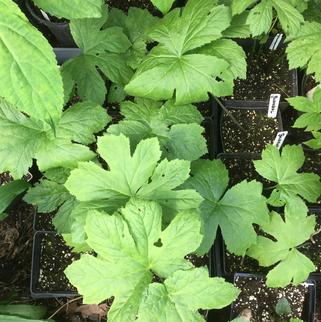
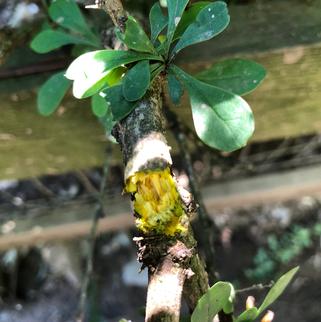
Astragalus
Astragalus is a hardy and easy-to-grow herb – it is great for the garden, a good nitrogen fixer. It is attractive, with yellow pea-like flowers although it can get rangy in pots.
Although I have had good luck with Astragalus getting through our fluctuating winters in large pots outside, I try to drag all pots into the greenhouse so as to avoid stressing the plants. Planted in the ground, astragalus is perfectly hardy – enjoys sun or part sun position and well-drained soil.
I harvest the roots in the fall of their third year. Second-year is fine too if you find your roots get pithy and soft in third year, which probably depends on soil and moisture and insect factors. I also start my astragalus seeds in the fall in the cold greenhouse which gives them a bit of a head start, so a second-year harvest is really a 2 and a half year harvest…
I like growing Astragalus in pots for ease of harvest. But I feel that herbs grown in the ground are more natural and diverse and most likely have higher density of medicinal phytochemicals… just something to think about…
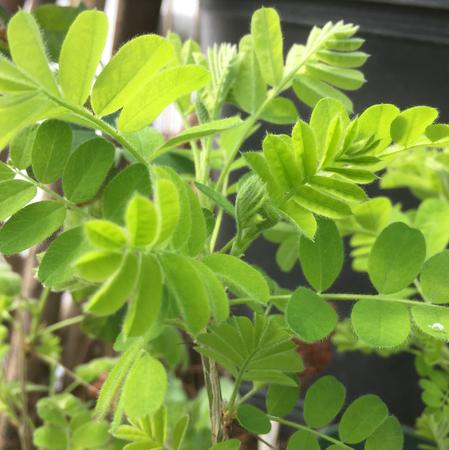
Japanese Honeysuckle
Lonicera Japonica
Easy to grow vine. Very common in this area – with white turning to gold flowers.
L. japonica can be tricky to identify as there are many cultivars of honeysuckle and many ornamental versions and labeling is not very accurate. L. japonica is a vine-style honeysuckle with large white-turning-to-gold flowers with the nectar that you can sip. They are attractive plants but do spread, and it is listed as an invasive in this area.
I am currently working on accurately identifying the honeysuckle species we have growing here and propagating to pots for spring 2019.
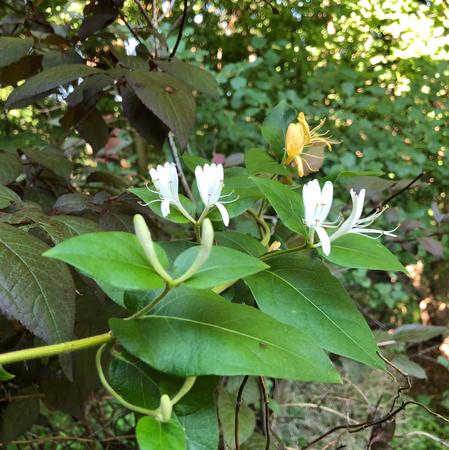
Biofilm Herbs
Rosemary – a tender perennial which needs to come indoors for winter or can be grown as an annual. I have 7 different varieties of rosemary for sale almost year-round.
Stevia – another tender perennial – treat like lemon verbena or andrographis – grow in large pots and bring indoors. A big planter can hold all three if you want. Very similar growth patterns…
Baikal Skullcap / Scutellaria baical – sometimes called Chinese Skullcap, although there are other Chinese Skullcaps so that may be confusing… This one is pretty tricky to grow well, although it is hardy here in NY state. Much tougher to grow than American Skullcap. S.baical needs very – very – well-drained soil. I plant it with lavender up in my most dry and gravely – crappy – soil, and that’s where it thrives. I sell this every spring in paper pots.
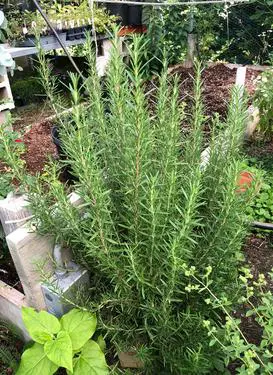
Yarrow – Easy to grow – forms a beautiful perennial clump. Although I always have various colors for sale, the colors are more ornamental and probably not as medicinally useful as the white. The White Yarrow I sell is from standardized seeds form Poland and are strongly medicinal. This plant is a great companion or dynamic plant for the garden. Yarrow also has a tremendous amount of medicinal uses beyond addressing biofilm.
Check out our YouTube video on wildcrafting Yarrow….
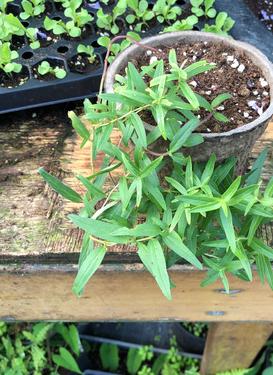
Turmeric
Turmeric is a fabulous anti-inflammatory and is a great accompaniment to any Lyme treatment. Turmeric is a tropical plant though – wanting to grow and stay at around 80 degrees. I grow it in my greenhouse, but it does go very dormant in the winter and takes a long time to start leafing out again once it gets warm. The trick is keeping it dry and in a bright but shady position. Overwatering is what will kill it by rotting the rhizome. Ginger is grown the same way…
I usually have turmeric plants in pots – although they are often only rhizomes – leafed-out plants are usually available from June through September.
Cistus and Ledum
We are currently experimenting with growing Cistus (C. incanus) Balm of Gilead and Ledum or Labrador Tea (Ledum palustre / Rhododendron tomentosum) in this area… more info to come soon!
